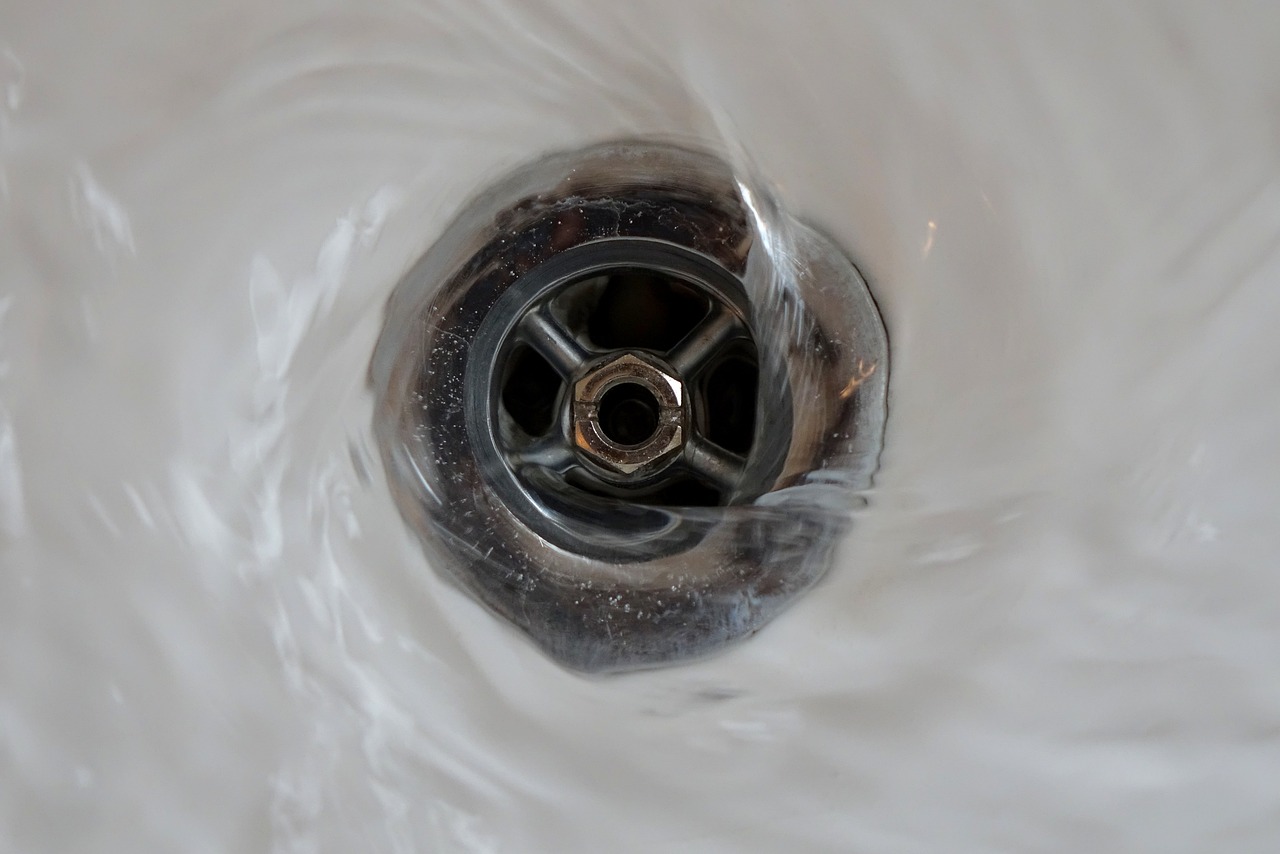In recent years, the topic of shower head flow restrictors has gained significant attention and sparked a heated debate. Manufacturers and environmentalists argue that these devices are essential for water conservation, while consumers and some plumbing professionals claim they hinder the showering experience. In this article, we will delve into this debate, exploring the pros and cons of shower head flow restrictors and assessing their true worth.
Understanding Shower Head Flow Restrictors
Shower head flow restrictors are devices designed to limit the amount of water that flows out of a showerhead. They typically consist of a plastic or metal insert that restricts the water flow by reducing the size of the opening through which the water passes. The level of restriction may vary, with some models minimizing water flow significantly, while others provide a more moderate decrease.
Environmental Benefits
One of the main arguments in favor of shower head flow restrictors is their potential to conserve water. By limiting the amount of water used during showers, these devices have the potential to reduce household water consumption significantly. With water scarcity becoming an increasingly pressing global issue, the use of flow restrictors can contribute to water conservation efforts and help protect this precious resource for future generations.
Cost Savings
In addition to the environmental benefits, shower head flow restrictors can also result in significant cost savings for homeowners. By using less water during every shower, monthly water bills can be reduced, providing financial relief in the long run. Such savings can be particularly noticeable for households with multiple individuals or those residing in regions with high water rates.
The Showering Experience
One of the primary concerns raised by critics of flow restrictors is the potential negative impact on the showering experience. Some argue that the reduced water flow can result in a less satisfying shower, with decreased water pressure and a weaker stream. While it is true that flow restrictors can lead to these effects, manufacturers have developed technologies that address these concerns to a certain extent.
Modern manufacturers often incorporate innovative designs and materials in their flow restrictors to optimize the showering experience. Some models feature adjustable settings, allowing users to regulate the water flow according to their preference. These designs aim to strike a balance between water conservation and user satisfaction, addressing the concerns raised by skeptics.
Installation and Maintenance
Another relevant aspect to consider is the ease of installation and maintenance of flow restrictors. In general, adding a flow restrictor to a shower head is a straightforward task that can be accomplished without professional assistance. Maintenance requirements are usually minimal, and most restrictors can be easily cleaned or replaced if necessary.
However, it is crucial to note that not all shower heads are compatible with flow restrictors. Some models may already have built-in water-saving mechanisms, rendering the installation of an additional flow restrictor unnecessary. It is essential to check the specific specifications and compatibility of both the flow restrictor and shower head before proceeding with installation.
Conclusion
The debate over shower head flow restrictors brings to light important considerations regarding water conservation, cost savings, and the showering experience. While these devices contribute to reducing water consumption and lowering monthly bills, the impact on the quality of showers should not be overlooked. Ultimately, the decision to use a flow restrictor is highly subjective, depending on individual preferences and priorities. As manufacturers continue to innovate and address the concerns of consumers, the debate over the true worth of shower head flow restrictors remains ongoing.
